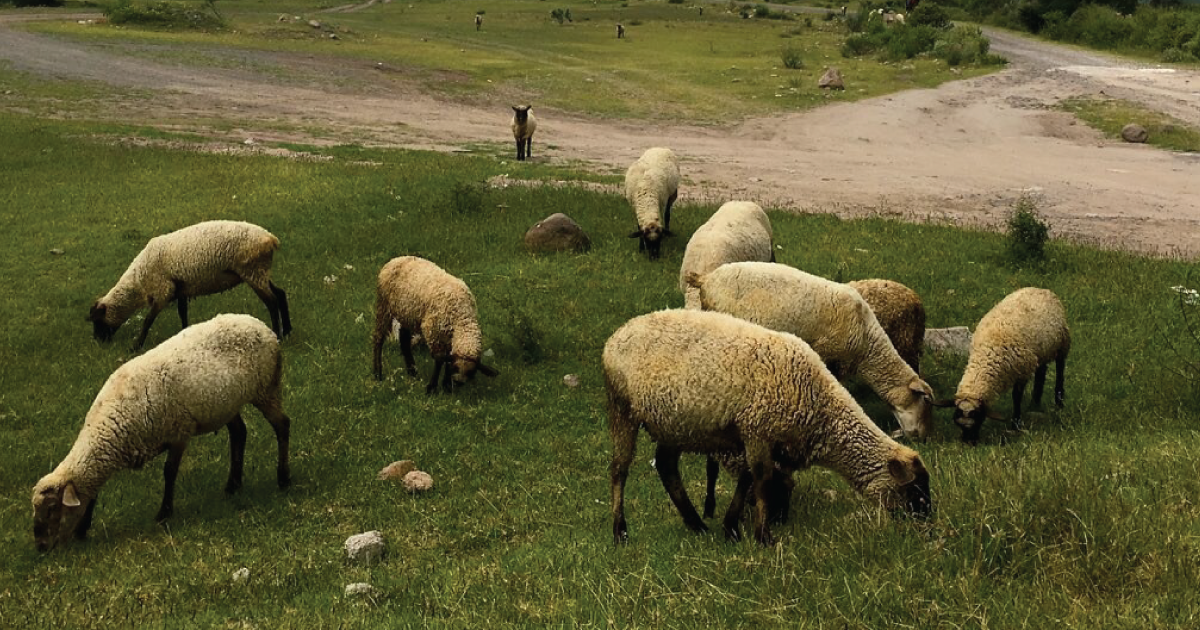
Regenerative Fiber Farming
It was sheep shearing day on my grandpa’s ranch in the mid-20th century, and all I knew was that I was having fun. Everyone, including Grandpa, was clad in blue denim jeans on this sunny day. Gathered with other neighboring small-scale ranchers, we sheared and then stuffed and stomped wool into the gigantic bag that would be taken to market.
January 30, 2018 | Source: Eco Farming Daily | by Barbara Berst Adams
It was sheep shearing day on my grandpa’s ranch in the mid-20th century, and all I knew was that I was having fun. Everyone, including Grandpa, was clad in blue denim jeans on this sunny day. Gathered with other neighboring small-scale ranchers, we sheared and then stuffed and stomped wool into the gigantic bag that would be taken to market.
Though considered old-fashioned and outdated in that era of get-big-or-get-out agriculture, small farmers in our area still gathered for shared missions like this. And there was no reason at the time for a kid like me to realize that what we were doing — raising textile fiber (a.k.a. fiber farming) in an Earth-regenerative manner — would become a world mission to support the health of the planet.
Holistic by default, Grandpa’s sheep were rotationally pasture-grazed, the ranch was diversified, and he planted by the moon’s cycles. That’s the only way he’d ever farmed. Yet that type of farming didn’t appear out of an inability to know better. It evolved from a powerful ability to sense what is needed to thrive.
